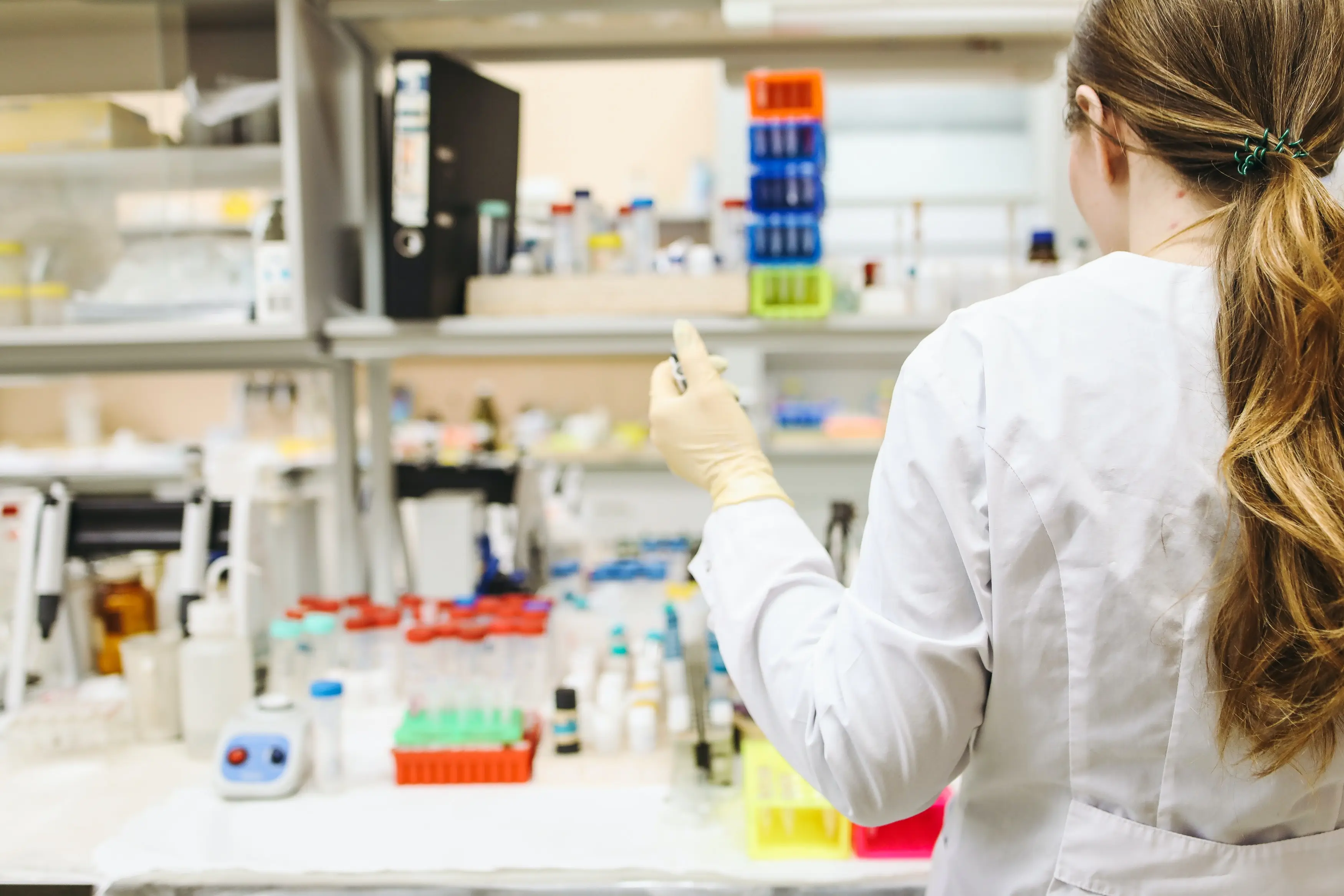Sample by My Essay Writer
Spectrophotometry is a rapidly expanding method that allows scientists to study what makes up various substances.


There are many ways that spectrophotometry can be used, and each method depends on the type of equipment that is being used. Each piece of equipment offers its own advantages and disadvantages, which is why many scientists use multiple tools to get a full picture of what makes up the substance they are studying. As time has gone by, the tools that these scientists have used have become more and more advanced, to the point where often only one piece of equipment is needed for the study (Baker, 2010).
By studying the matter closely, they are able to make determinations such as identifying what the substance is and how it interacts with other biological matter. The way in which these substances are studied is particularly useful, because often the scientist won’t know exactly what the substance is, and this can make it very dangerous to handle various items. Spectrophotometry allows the scientists to study the matter without touching it. The substance can be contained in a glass container. Not only is the scientist able to look at solids, but gases are also examinable in a glass container.
There does need to be enough light shining through to the matter in order for the scientist to be able to study it. This is why the research is often done in a laboratory, where the equipment is clean and the area is well-lit. Emergency equipment is also on hand in case there is an emergency such as a fire.
When using spectrophotometry in biology, the scientist is able to measure various aspects of the matter. For example, they can see how much radiant energy there inside a substance. The way in which they are able to accomplish this is by using multiple types and wavelengths of light. Various materials contained in plants are able to suck up some of the energy and the scientist is able to calculate this and determine what type of material is contained in the substance. In the case of chlorophyll, the material is able to suck up much of the energy that is emitted from light. The type of material can be determined by the amount of energy that is sucked up at the various light wavelengths. Various types of light are also absorbed at different wavelengths. Ultraviolet light, for example, is absorbed at a much shorter wavelength than infrared light.
A spectrometer is the tool used by scientists when they apply the spectrophotometry method. This tool allows the scientist to study the amount of light that passes through a substance at a particular wavelength. Without this tool, it wouldn’t be possible for the scientist to determine the amount of energy that is absorbed in a material of a substance. The spectrometer accounts for the addition of a coloured solute that is applied to the substance to get a reading. The various factors are all considered when measuring the light transference during the study. The spectrometer can also let a section of the wavelength to pass through the solution in order to get an accurate reading (Fankhauser, 2007).
Using fluorescence signal pulses is one way to measure the amount of light that is absorbed by a substance. This technic is very specific and can tell a scientist the subtle differences in the matter that is being studied. Several aspects of a material can be determined through this technique. They include spectrum, lifetime, polarization and fluorescence intensity. Taken together, these terms tell a scientist what the identity is of the matter they are studying.

In order to use the fluorescence technique, a fluoremter needs to be used. This device provides lighting from a source that is situated behind it, usually a lamp. Lamps that give off a consistent intensity over a large area are typically used. Both ultraviolet and infrared light can be emitted from the device.
The quality of fluorometers varies greatly and only some are able to factor in frequency and time domain. But by the use of lasers, the fluorometer is able to make several analysis under the spectrophotometry scientific method. The device makes use of various features, such as high-speed electronics that can analyze rapid signals.
Scientists may also decide to insert equipment into the substance itself. For example, a polarizer would be used in the polarization measurement to calculate the angle of parts in the fluorescence emission. The measurement of the spectrum can play a particularly vital role to determine the polarization, spectrum and lifetime of the matter (So and Dong, 1996).
Anyone who studies matter using the spectrophotometry method has the ability to use one of a number of spectroscopy applications. The equipment can be so advanced that it uses complex computer technology to analyze the various substances. However, a much simpler for is the stark spectroscopy application. This method really just uses frozen glasses to study the Vibrational Stark of nearly any molecular system. The method is keen at providing the scientist with the necessary information to determine change in polarizability and the change in dipole. Dipole change means the degree of the change in the separation of a transition period. Stark spectrophotometry does have its limitations. For example, it can’t determine the level of an electric field, as well as the absorption lineshape (Bublitz and Boxer 1997).
References
Baker, M (2010) Mass spectrometry for biologists Web. Nature Methods, 7. Retrieved
from http://www.nature.com/nmeth/journal/v7/n2/full/nmeth0210-157.htmlBublitz, G.U. and Boxer, S.G. (1997) Stark Spectoscopy: Applications in Chemistry, Biology and
Materials Science Web. Annual Review of Physical Chemistry Vol. 48. Retrieved from http://www.annualreviews.org/doi/abs/10.1146/annurev.physchem.48.1.213
Fankhauser, D.B. (2007) Spectroph_otometer Use. Retrieved from
http://biology.clc.uc.edu/fankhauser/Labs/Microbiology/Growth_Curve/Spectrophotometer.htm






